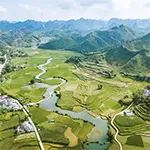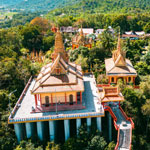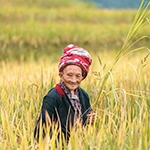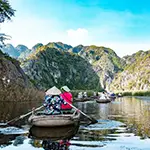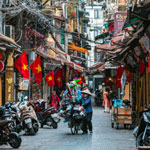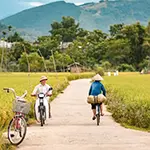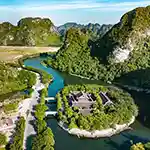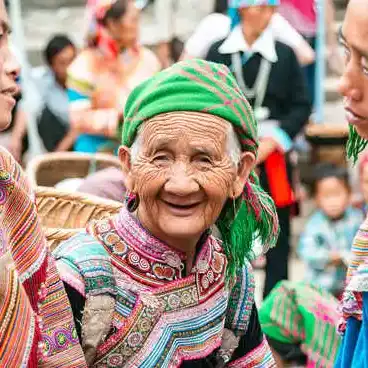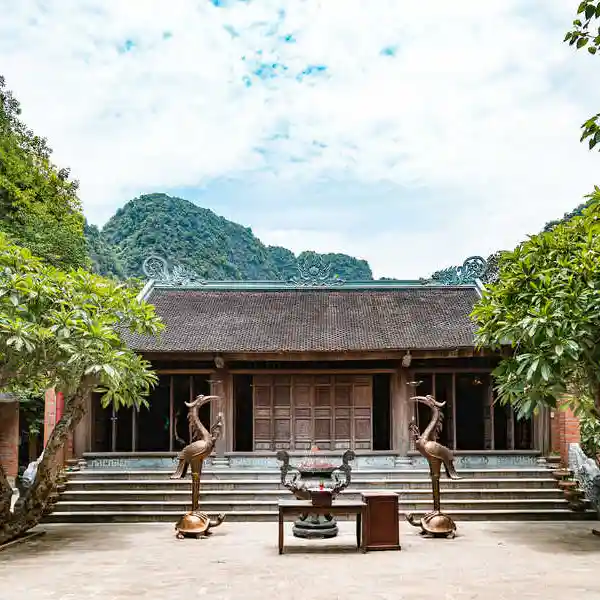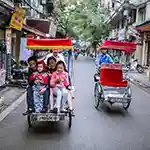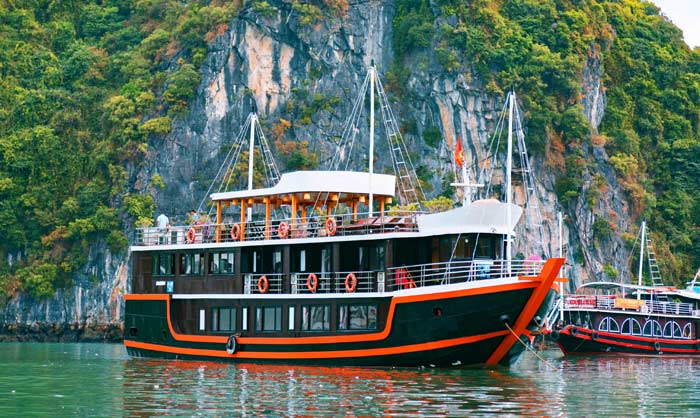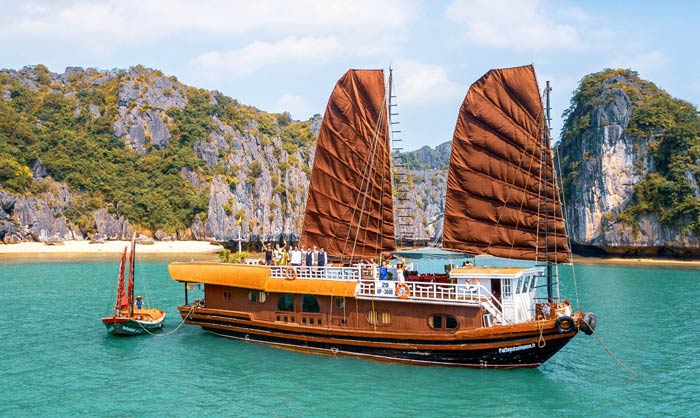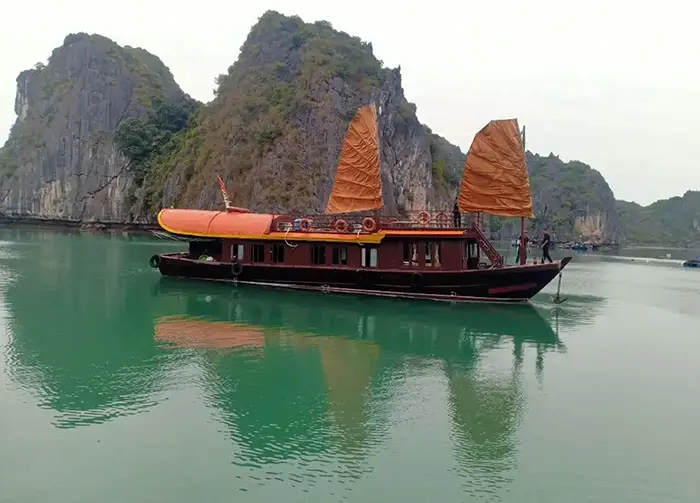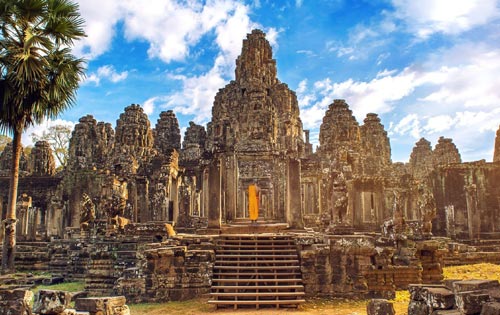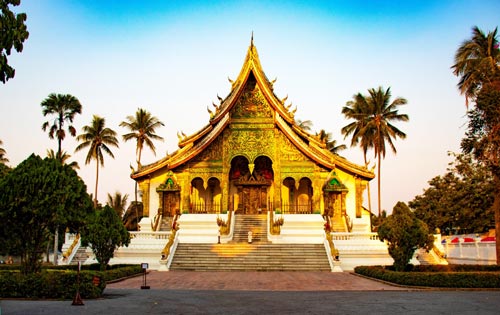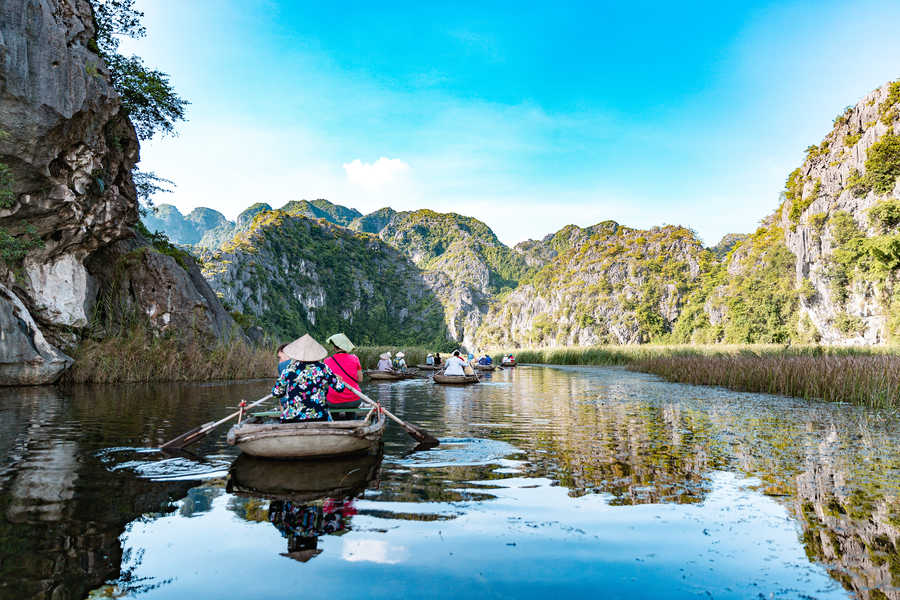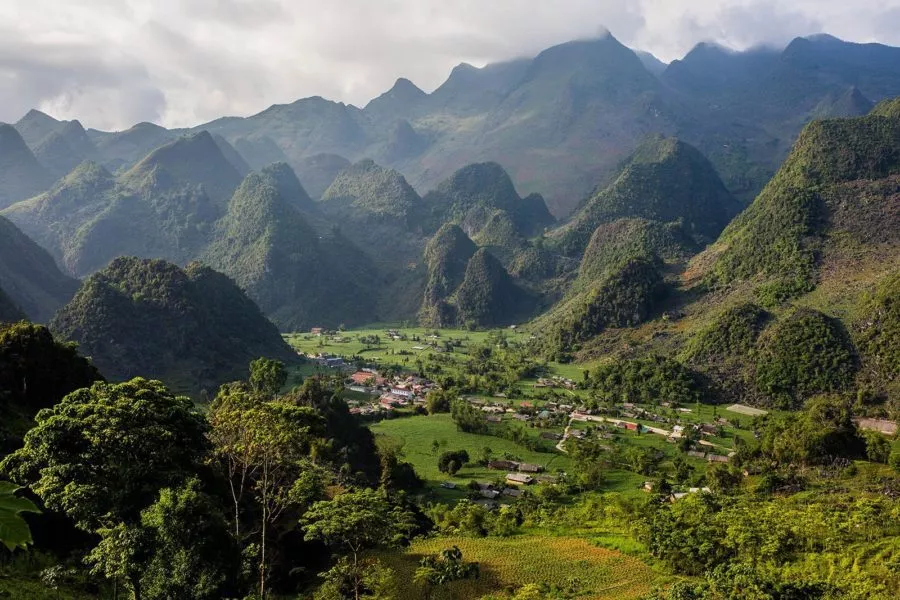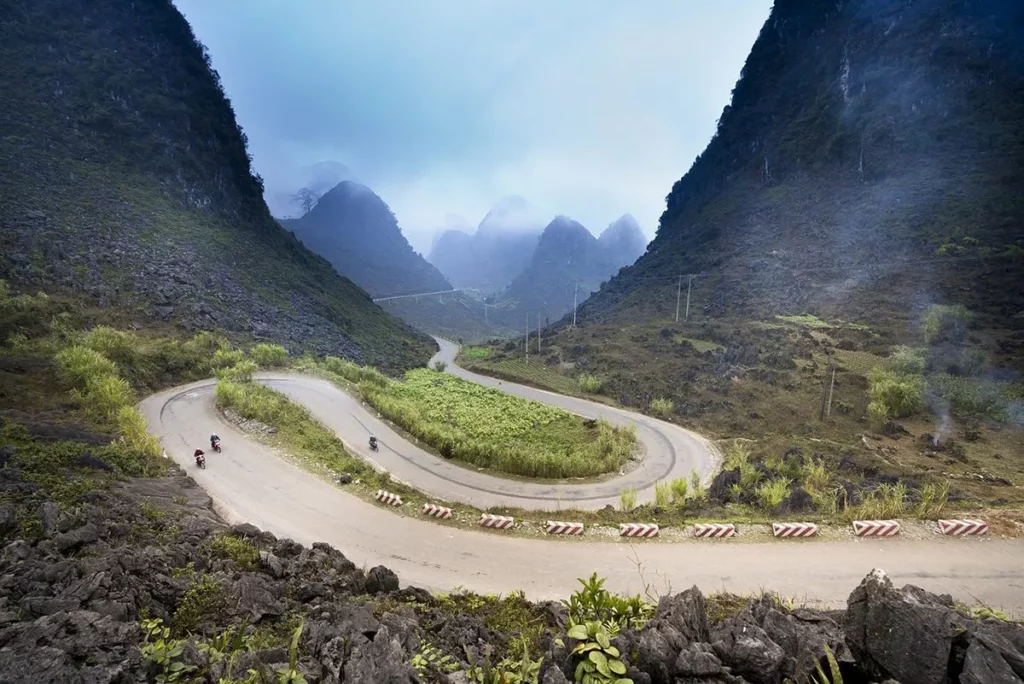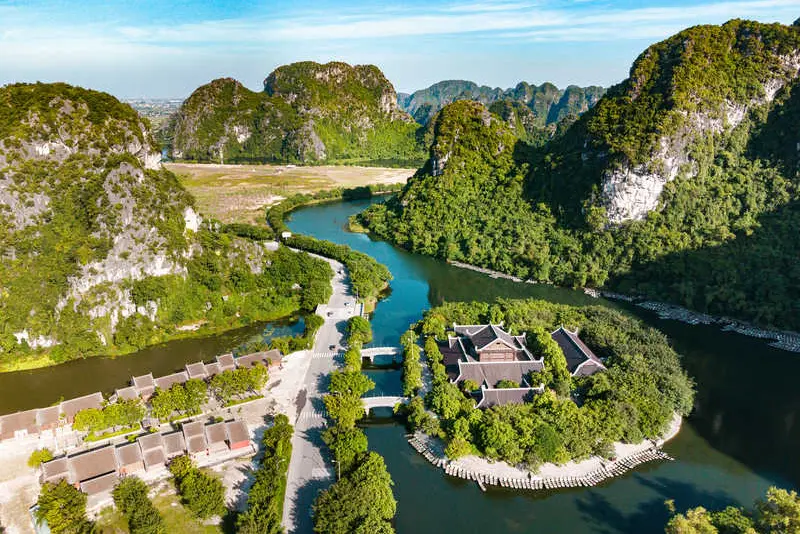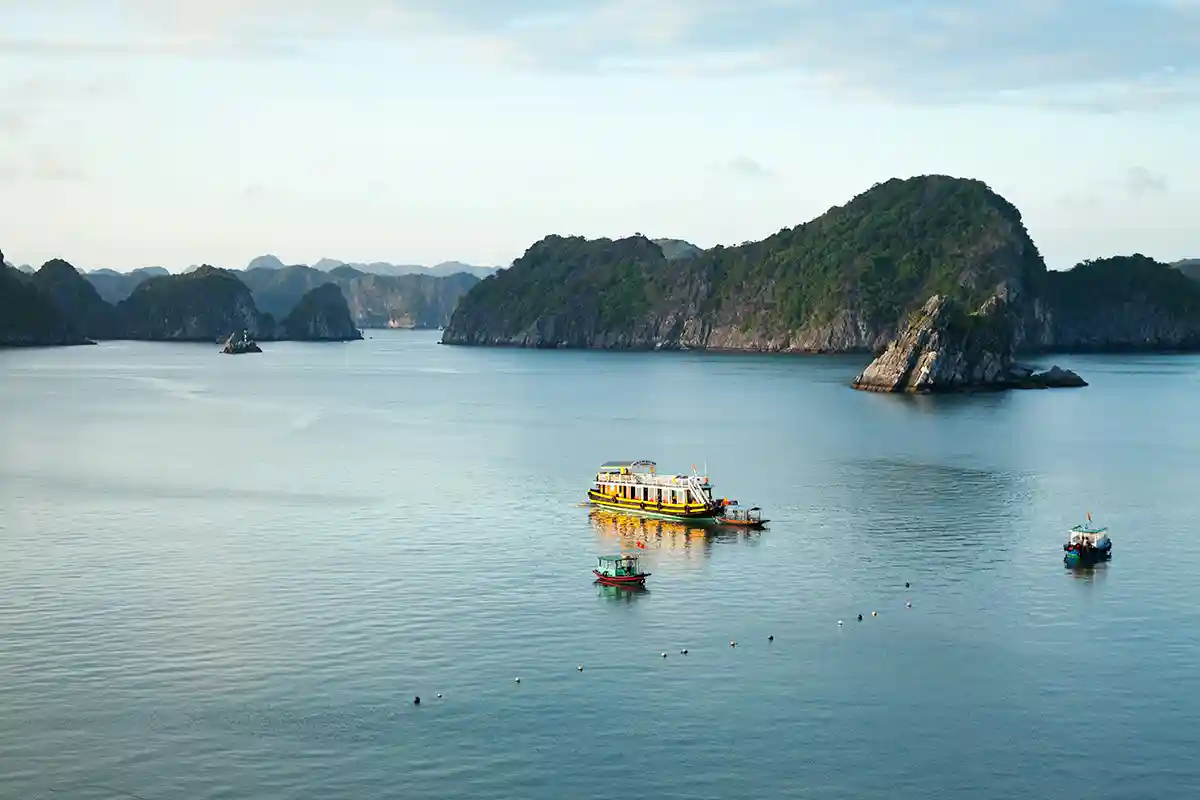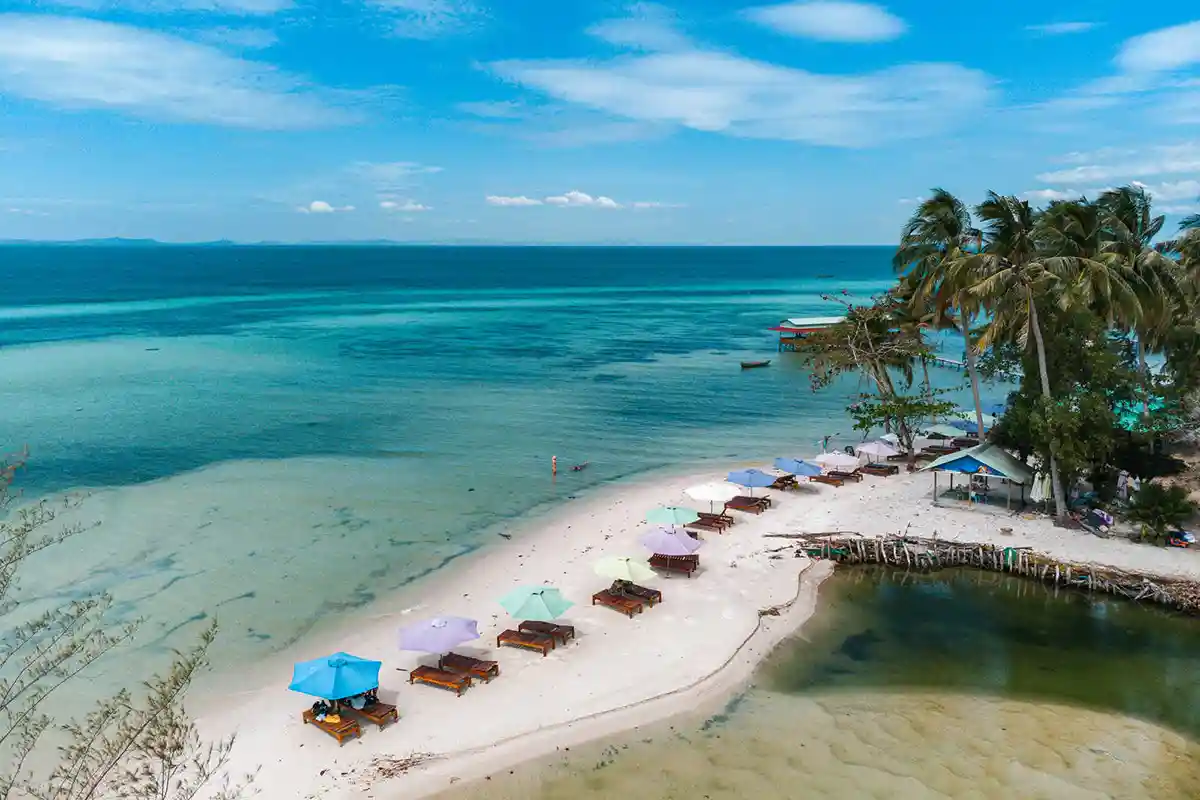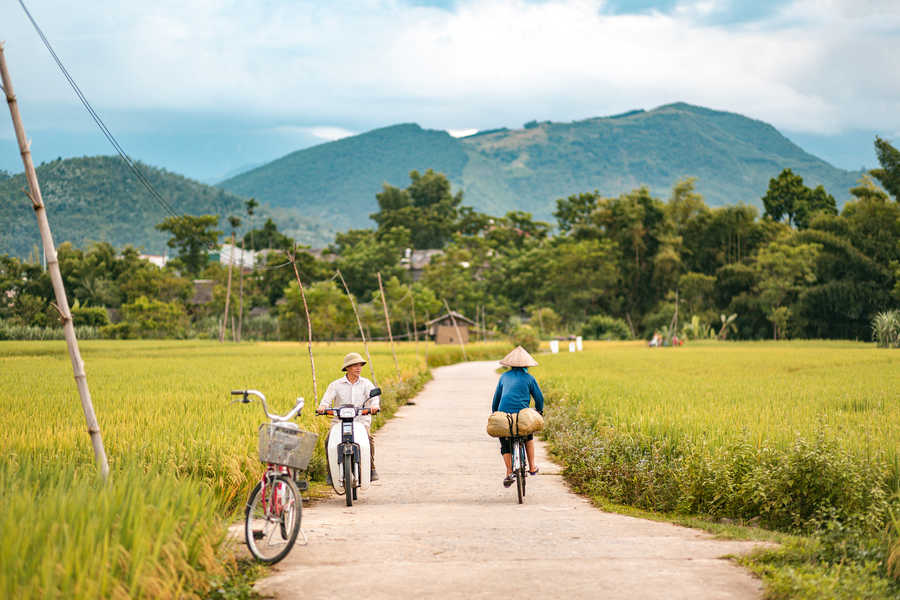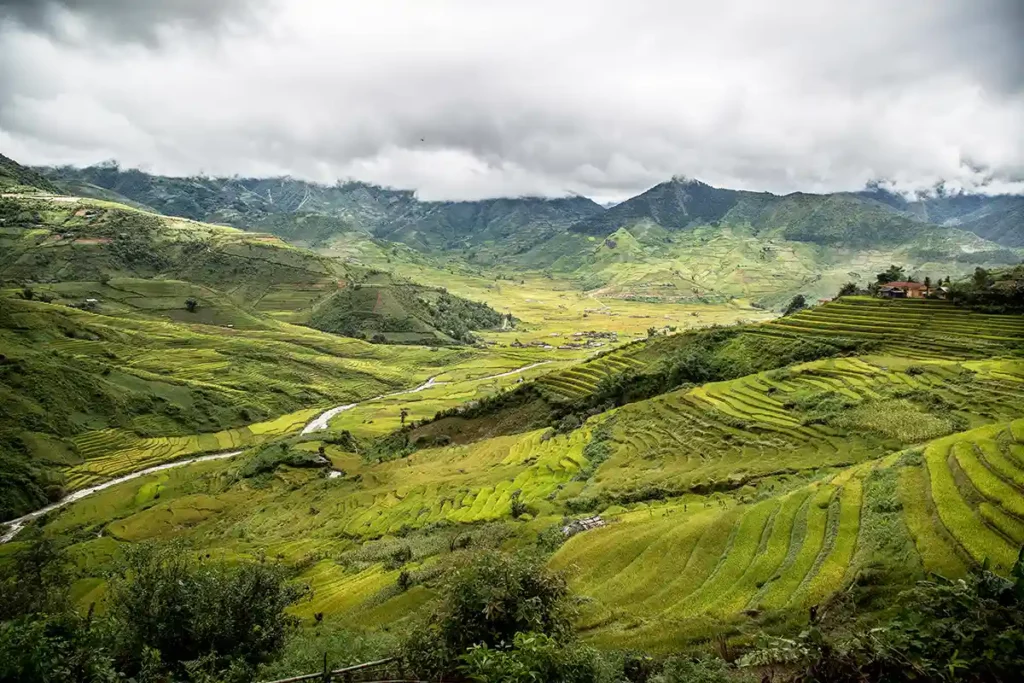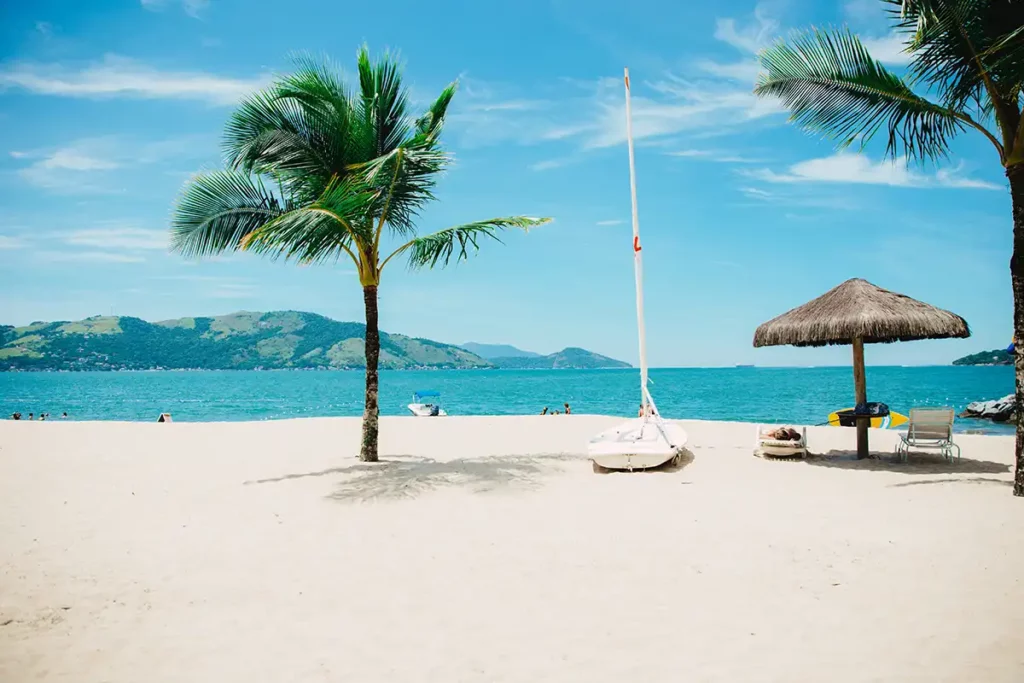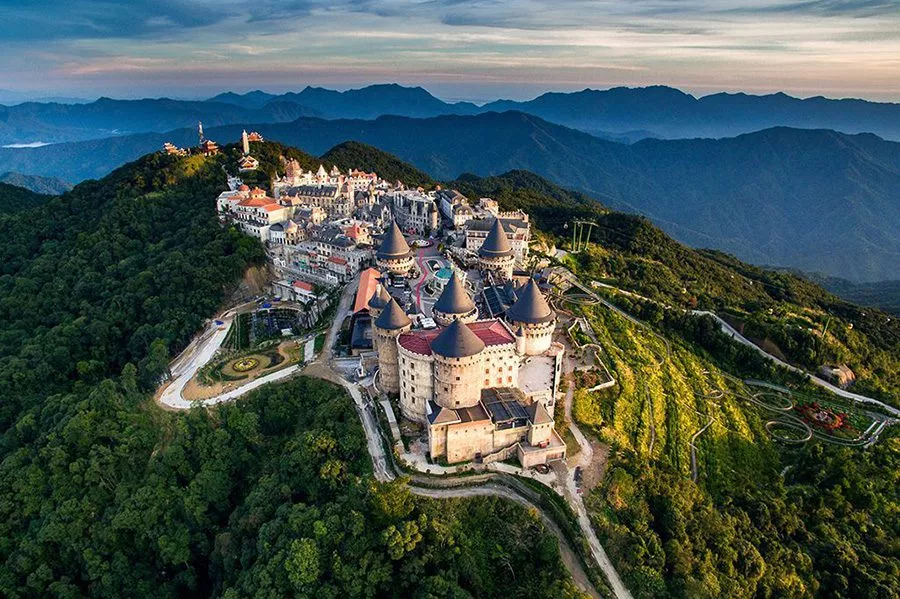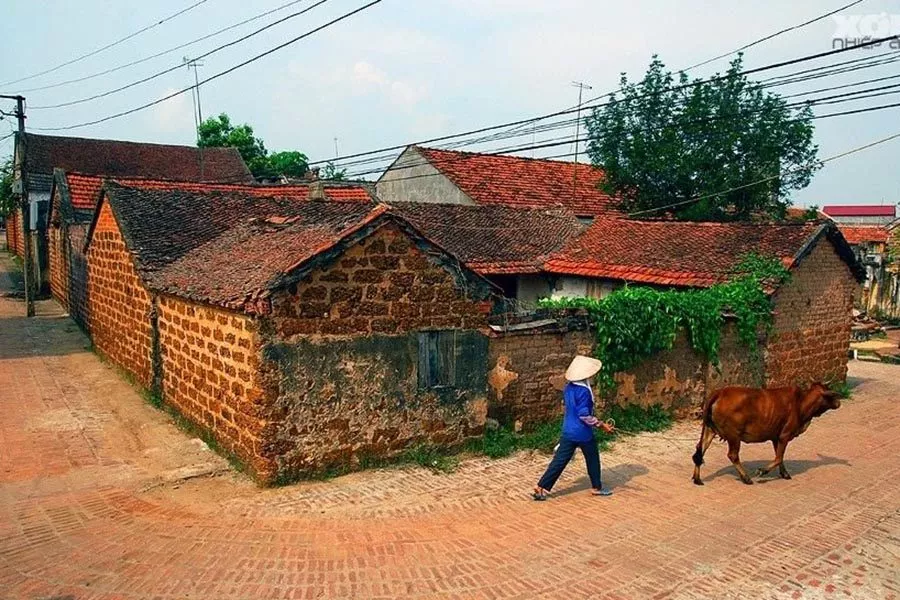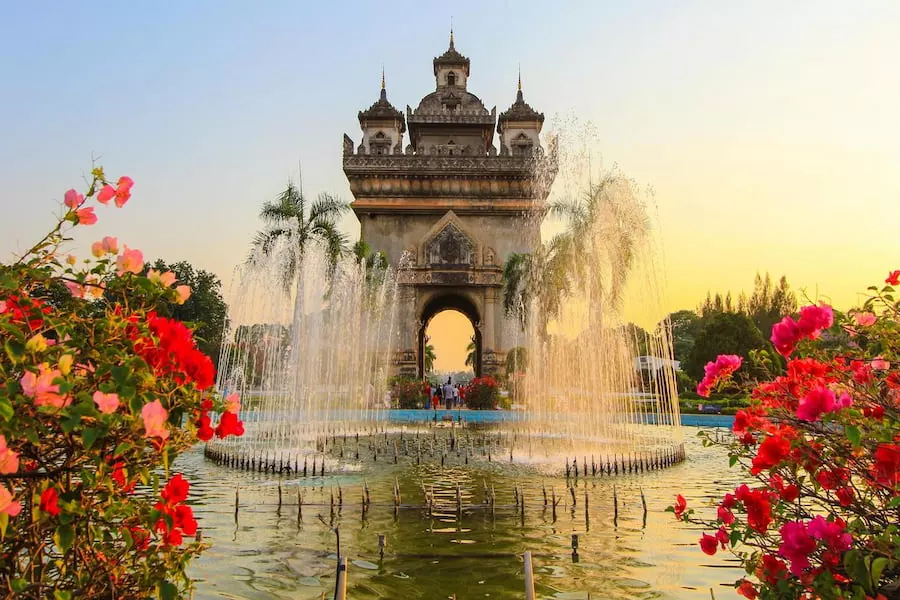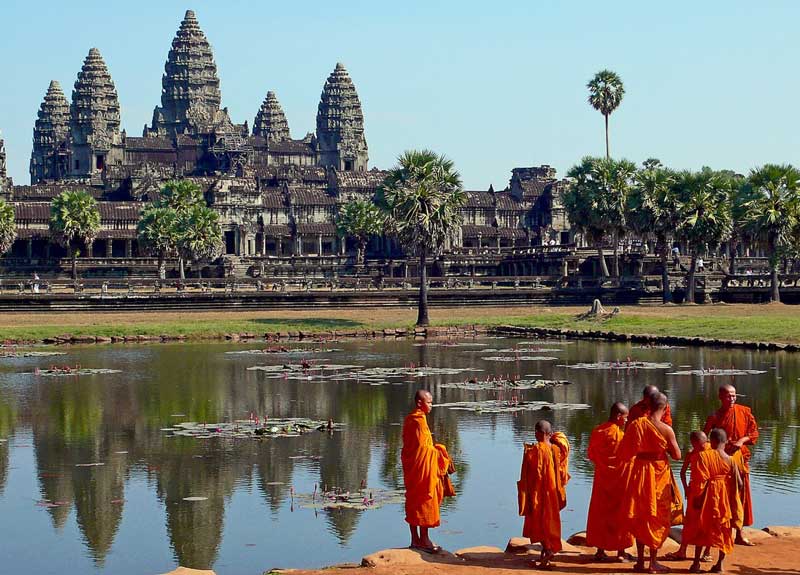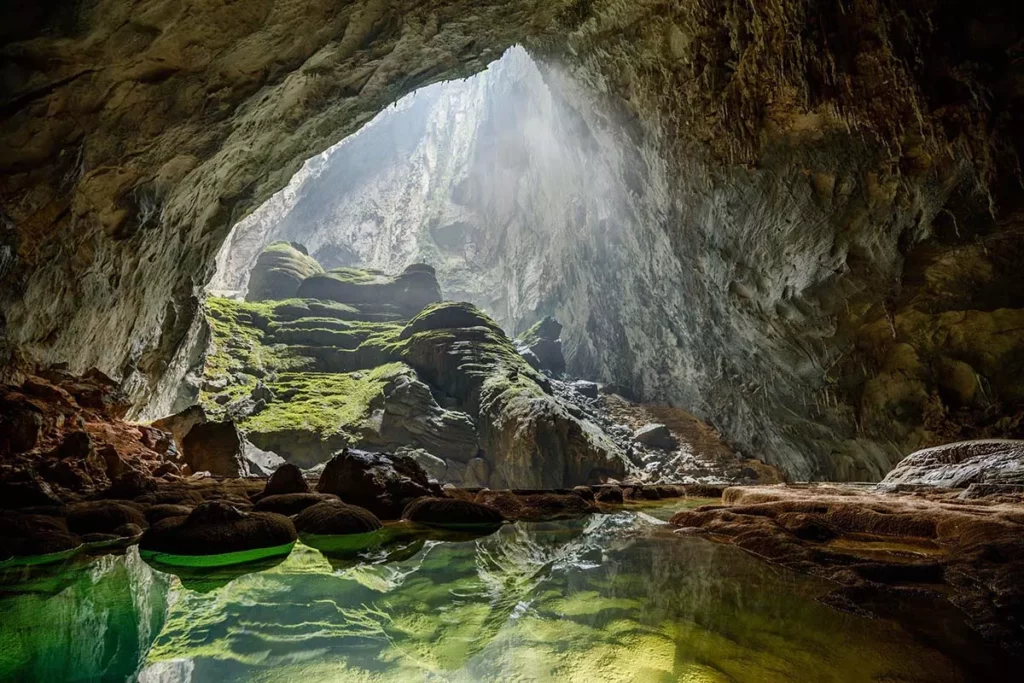Properly preparing your trip to Vietnam starts with asking yourself the right questions.
In this article, we present the questions you should keep in mind, along with detailed answers to help you organize your trip in the best possible way.
You will also find some practical information to help you feel comfortable as soon as you arrive in Vietnam.
Do not hesitate to contact us for personalized advice.
How long should you travel in Vietnam for a first visit?
If you are visiting only Vietnam, we recommend a stay of at least 15 days. This duration will give you enough time to make a full tour from North to South Vietnam and discover all the must-see destinations the country has to offer. A shorter stay may be suitable if you plan to visit other countries in the region, such as Cambodia or Laos. For example, you could explore only Northern Vietnam for an 8 to 10-day trip and then continue on to Luang Prabang.
What we often recommend is planning a three-week trip: two weeks to travel through Vietnam from North to South, and one week in Cambodia to discover the Angkor temples and the Khmer countryside.
What do you want to visit in Vietnam?
Vietnam is a rich and diverse country, both in terms of landscapes and its people. You should ask yourself what you want to prioritize during your visit. Are you drawn to the mountains and terraced rice fields of Northern Vietnam? Or perhaps the cities and beaches of Central Vietnam? Maybe the Mekong Delta? What do you want to focus on first? It could very well be a bit of everything… After a journey of 11,000 km, you’ll likely want to discover as much as possible—and rightly so!
You will also need to adapt your plans according to the season in which you are traveling.
Landscape of Lan Ha Bay in Vietnam. Photo credit: Mathieu Arnaudet
What is the best time to visit Vietnam?
Now that you have decided on the type of trip you want to take, the next step is to find the right timing… What is the best period for your vacation, and also the best period to explore Vietnam?
The climate varies depending on the region in Vietnam. We recommend visiting Vietnam in April if you want pleasant weather (not too hot and not much rain) throughout the country. If you want to witness how the highland farmers harvest rice in Northern Vietnam, we strongly suggest coming in September. It will still rain occasionally, but not all day, and the vibrant colors of the rice fields will make you forget about the weather!
You will also need to consider the Vietnamese lunar calendar, as it determines the timing of festivals and holidays in Vietnam. The biggest holiday period occurs during Tết, usually in January or February, which is the Lunar New Year. At this time of year, Vietnamese people return to their families to celebrate the new year and take their annual leave. You may even find Hanoi completely deserted at certain moments!
To help you, here are the dates of some festivals:
# New Year : 1st January
# Lunar New Year (Tết Nguyên Đán): 1st day of the lunar calendar (Febuary 17 in 2026; date changes each year)
# Hung Kings’ Festival: 10th day of the 3rd lunar month (april 26 2026). Date changes each year
# Reunification Day: April 30 (Gregorian calendar)
# International Labor Day: May 1 (Gregorian calendar)
# Independence Day: September 2 (Gregorian calendar)
# Mid-Autumn Festival: Around October (date changes each year)
>> Our detailed article on the best seasons to travel in Vietnam, region by region.
The terraced rice fields of Mu Cang Chai. Photo credit: Mathieu Arnaudet
Which visa do you need?
Now that you know when to go, for how long, and what to visit, what type of visa will you apply for? The choice is actually quite simple:
– Visa exemption for nationals of 13 countries, including France, if the stay does not exceed 45 days. Your passport will simply be stamped upon arrival at the airport.
– E-visa: Obtaining a visa is mandatory for nationals of countries exempt from visas for 45 days who wish to stay longer in Vietnam. It is, of course, also required for nationals of all countries not on the exemption list. Since 2022, the visa system has changed: it is now only possible to obtain a single-entry, one-month visa that cannot be extended on-site. The only way to get this visa is to apply online through the official government portal. The cost is 25 USD per person.
We have written a detailed article on the new visa application procedure. You will find it very useful.
What are the prices on site?
The round-trip flight to Vietnam will, of course, be your largest expense. Life on site remains inexpensive, even though costs are gradually rising due to inflation and the population’s increasing wealth.
Keep these exchange rates in mind:
# 1 dollar = 26 000 Vietnam Dong
# 1 euro = 30 000 Vietnam Dong
Next, here are some approximate costs for reference:
# Hotel night: Prices vary widely. You can stay in hostels in major cities for as little as $5 per night, or book a luxury hotel for over $150 per night. Very good quality hotels are available for around $30–$35 per night.
# Food: Street food is everywhere in Vietnam, and you can eat there for $2–$3. Prices in restaurants start at around $5.
# Getting around by taxi: Taxis and ride-hailing apps (Grab Taxi, Go Viet, Be Taxi) are plentiful. You can cross Hanoi for less than $4 (100,000 VND).
# Domestic flights: If your stay is 15 days or less, you might need to take one or more domestic flights within Vietnam. Low-cost carriers like VietJet or Jetstar offer tickets for under $100, while flights with the national airline, Vietnam Airlines, range from $100 to $150. Keep in mind that low-cost flights are often delayed, so it can be worth paying a bit more to ensure timely arrival.
To make your life easier on the spot and avoid bank fees, we recommend using a Monabanq or Revolut credit card: you pay a monthly fee (€6) and incur no charges on international withdrawals.
Family riding a cyclo (pedicab) in Hanoi. Photo credit: Mathieu Arnaudet
What to pack for a trip to Vietnam?
That’s it! Everything is planned, all that’s left is to pack your suitcase!
First of all, we recommend traveling light! You can find just about everything in Vietnam, and if you’re missing something, you won’t have to walk far to get what you need!
Depending on the type of trip you plan to take, we can guide you on the kind of luggage to bring: backpack or rolling suitcase?
For hikers, no problem! For others, the question also arises, since city sidewalks are often crowded and it’s not easy to roll a suitcase around!
Now, as for the inside of your suitcase… don’t forget a raincoat! As we’ve seen (“when to visit Vietnam”), it’s quite likely you’ll encounter rain during your trip.
But don’t forget sunscreen and sunglasses either! Watch out for sunburn if you’re exposed to the sun—the sun can be very strong! Also remember mosquito repellent if you plan to explore the rice fields or Vietnamese countryside. A small first-aid kit is also a good idea.
Finally, the traveler’s essential: the camera! Indeed, it would be a shame not to bring back photos of such a photogenic country…
A few Vietnamese words to help you while you’re there
Traveling in Vietnam doesn’t require knowing the language—and fortunately so, considering how difficult learning it can be!
Nevertheless, being able to say a few words can help you break the ice with the Vietnamese, who enjoy seeing foreigners try (and sometimes fail) to speak their language. We can only encourage you to take a closer look at it… Here’s a brief introduction:
Vietnamese is a tonal language in which the tone is a component of the word just like vowels or consonants. Any change in tone automatically alters the meaning of the word. Therefore, it is essential to first distinguish the different tones:
The level tone (also called the “mid-level tone”): This tone has no diacritical mark. However, you still need to pronounce the word in a specific way. Use a pitch slightly higher than your average French speaking voice and keep it steady.
The rising tone: Marked with the symbol “´”, it is pronounced by starting at the pitch of the level tone and raising your voice on the main vowel.
The falling tone: Marked with the symbol “`”, it is pronounced by starting at the pitch of the level tone and lowering your voice on the main vowel.
The questioning tone: It is pronounced by starting from the level tone, first slightly raising your voice, then lowering it. An interrogative inflection should be audible.
The breaking tone: Marked by the sign “~”, it is pronounced like the questioning tone, but during its execution (hold on!), there is a glottal stop that gives the impression of an interruption.
For these last four tones, the tone is indicated by a diacritical mark placed above the vowel.
The heavy tone: Marked by the “.” symbol, it is pronounced as if you were forcing your voice down into the chest by contracting the diaphragm. This tone is similar to the falling tone but much more abrupt.
It won’t be a walk in the park, I admit. But don’t worry—there are some advantages: the word order in a sentence is the same as in French (subject – verb – object)!
One of the main characteristics of the Vietnamese language is the importance given to the use of pronouns. They systematically refer to familial titles and are used depending on the person you are speaking to:
| Babies / young children: Chau | Little brother and little sister: Em |
| Older brother: Anh | Older sister: Chi |
| Uncle : Chú | Aunt : Cô |
| Grandfather : Ông | Grandmother : Ba |
We hope this article has been helpful in preparing for your upcoming trip to Vietnam…

